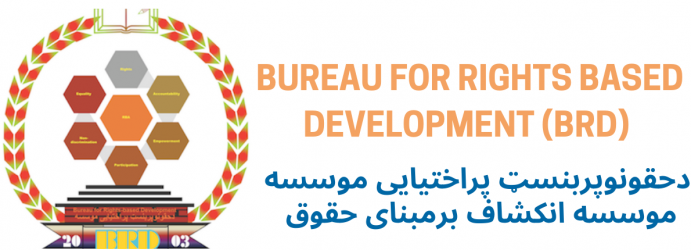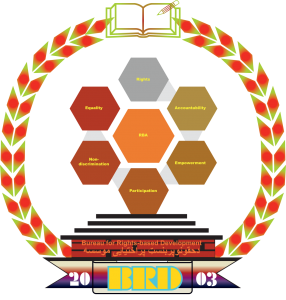TEFAF Interactive Panel Discussions on Culture Heritage

 In this panel of experts, Sanne Letschert, Head of Cultural Emergency Response (CER) reflects on these questions in conversation with CER’s partners, Khan Agha Dawoodzai ( BRD Director Afghanistan) and Linda Lainvoo (Estonia). The panel discussion took place at the Programming Hall, MECC Maastricht, Netherland.
In this panel of experts, Sanne Letschert, Head of Cultural Emergency Response (CER) reflects on these questions in conversation with CER’s partners, Khan Agha Dawoodzai ( BRD Director Afghanistan) and Linda Lainvoo (Estonia). The panel discussion took place at the Programming Hall, MECC Maastricht, Netherland.
Introduction: Since then, the protection of irreplaceable heritage in crisis situations has been actively taken up by cultural experts and civil society. The field of cultural emergency response has grown and professionalized, and although increasingly discussed by humanitarian actors and policy makers, rescuing and protecting culture is often not part of their disaster response actions. Meanwhile our museums, collections, sites and cultural life are increasingly at risk as the number of conflicts and climate change related disasters continue to rise. How can we protect the art and icons of our past in future crises? What can we do to prepare? And why is it so important to prevent their loss?
BRD Experience and Prospective on culture heritage protection in crises situation: The case of Afghanistan:
The history and archaeology of Afghanistan stretches back more than 40 millennia. It bears witness to the multiple layers of an extraordinarily rich cultural heritage in Afghanistan. The great potential for cultural development in Afghanistan is currently being undermined and remained subject to deliberate destruction, pillage, and neglect throughout 40 of war. Several culture heritages sites and monuments, have either been destroyed or continue to be at risk of collapse because of a combined lack of both resources and expertise to ensure the provision of the necessary emergency conservation and safeguarding measures. For providing emergency response to culture heritage in risk in Afghanistan, BRD work is focused on key areas of; Conduct Rapid Assessment/Damage Assessments Missions; Community Engagement and Social cohesion; Emergency response to protect culture heritage in risk And Advocacy for inclusion culture heritage in the context of humanitarian response.Local communities are, are sensitized, educated, trained and connected them socially, culturally or economically with “their” heritage to facilitate their stronger commitment and full engagement for to take responsible actions for the proper usage, safeguarding, maintenance and promotion of their heritage.
Although the situation in Afghanistan has completely changed after the Taliban took overpower. While it is incredibly challenging to work in a conflict situation, but we are continuing our work on heritage protection. Because cultural heritage plays the role of a driver of sustainability from economic, social, and environmental perspective. On the socio-economic side, it is an important asset to enhance sustainable development by providing employment opportunities and supporting economic livelihoods. In addition to promoting economic development, Cultural heritage is an important element in the lives and identities of communities and people, a powerful component for the building of resilience that can serve as a basis for sustainable recovery and lasting peace. Safeguarding, protection and when necessary, rehabilitating cultural heritage can contribute to heal the scars of war and rebuild society, allowing communities to recover a sense of hope, dignity, and empowerment, including to ensure their future peaceful existence. From the humanitarian perspective, by recognizing that culture is an extension of human beings, their dignity, their identity, and their history, we then understand the protection of culture as a humanitarian concern, as much as education, shelter, and protection. Cultural Heritage protection (CHP) is already implicitly included in the Sphere Protection Principles through mentions to culturally appropriate interventions. Now is the time to explicitly include it as an issue. All the humanitarian clusters – such as food security, health, shelter – operate within the cultural context of affected people and may have to respond to the impact of CPP issues. seriously considering CHP as an issue, especially in situations where cultural heritage is damaged or destroyed, the clusters may have more successful and robust humanitarian results. In a mid- and long-term perspective and in line with the humanitarian- development-peace nexus, in the recovery phase, the economic aspects of cultural heritage, including job creation and the revenues stemming from cultural industries and tourism, should be considered. The synergies between cultural heritage and economic development are multiplied when communities are involved in the process, for instance through participatory governance, promoting cultural heritage as a shared resource and a common good. Local communities should be engaged at all stages of the process and should be consulted to best assess their expectations and needs. Although there are huge challenges, especially in the current situation in Afghanistan, where the future of culture heritage is unknown, in such a context working with the communities to effectively engage in protecting and safeguarding and take ownership of their culture heritage will bring hopes for future of the culture heritage. Therefore, it’s important to adopt community approach by empowering the communities and providing them with the tool and resources to sustain their culture heritage.









